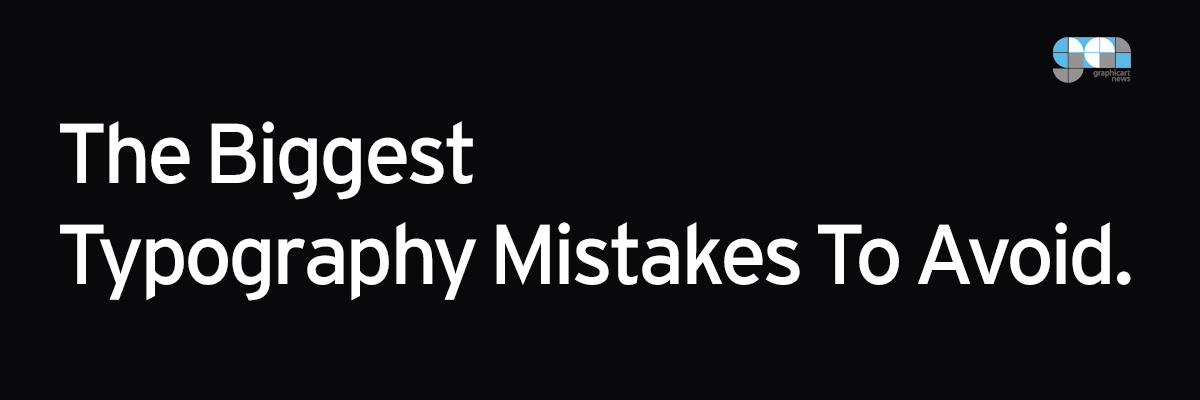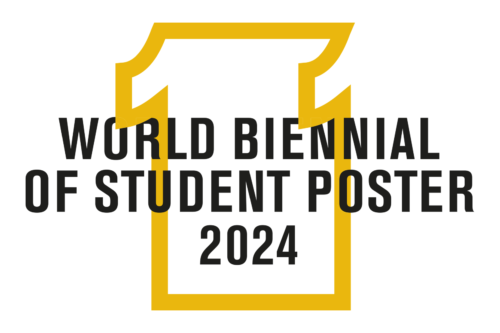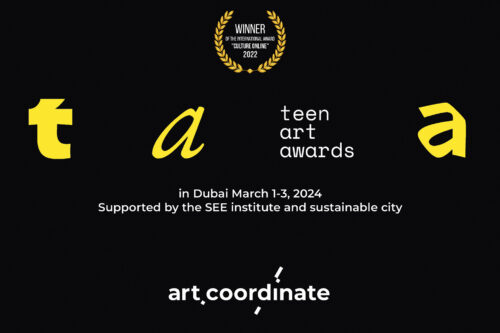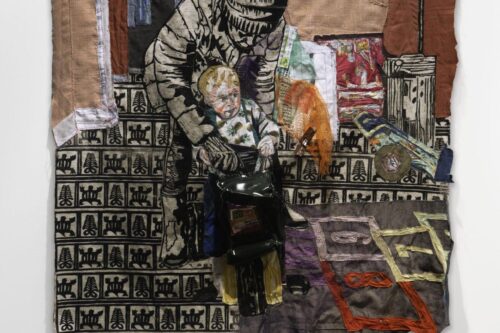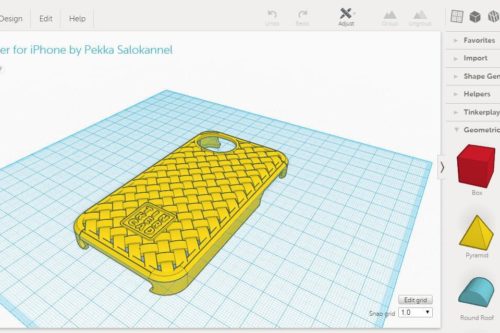Choosing the appropriate typeface for a design is what sorts the professionals from the amateurs. Typography is a lot more than picking a font, it is an artform that treats each individual word and letter as its own design element, taking into account aspects like line-height, paragraph length, contrast, and color, to name a few. Sadly, that means there are a lot of ways in which typography can go wrong. Here are the top X things to avoid when setting your own type.
Leading: Too Much Or Not Enough
Leading is the space between lines of type, originally named for the strips of lead used to space typewriters, and sometimes known as line-height on modern design platforms. When designing, you’ll soon find that the space between the lines is what makes your text readable, meaning it’s as important as the lines themselves.
There are two ways to go wrong with leading: too much or too little. Well-spaced text seems to be very in vogue with designers at the moment, but for large blocks of text, anything more than 1.5 times the size of the font will make it hard to read one cohesive paragraph. On the other end of the spectrum, bunch your lines too close together and your eyes just see it as a jumble of letters rather than legible copy.
Messing With Tracking
On the subject of spacing, Carla Feriño, an arts blogger at Ukwritings and Academ advisor, has something to say about tracking, or the spacing between letters in a word: “A lot of new or amateur designers see design software as a challenge and feel like they need to use every tool in the toolbox. I see this most often with tracking, where designers have pushed the letters miles part in an effort to seem stylish. Usually, this just ends up turning your sentences into a word search and you can’t find one word from another. My lesson to designers: though there are scenarios in which you can edit tracking effectively, 90% of the time default tracking is the best option.”
Lacking Variety
Although trying too hard is definitely a mistake, being too minimalist has its own problems. Perhaps it’s in an effort to appear crisp and clean-cut, but so many designs lack creativity in their use of basic font alterations.
Font weighting (putting things in bold, in layman’s terms) and varying your font shade are really simple ways to differentiate titles from body text that anyone can do in something as simple as Word. Also, on this subject, make sure your text shade contrasts well with your background shade. These choices aren’t always about looks, they’re about legibility; try not to sacrifice substance for style.
Small Text
Just a brief note: stop making text so small. Designers often use micro text as if it’s a geometric element in a greater design rather than a body you want people to read. Don’t think of size 12 as average, it’s more like a minimum. Be proud of your typeface and make it at more like 14 or 16pt, and use bigger sizes for titles.
Odd Paragraph Lengths
Sometimes mistakes come from trying too hard to stick to the rules. For example, some designers appear to focus too much on paragraph justification — making all the lines in a paragraph the same length — even when it fills the formatted paragraph with odd eye-catching gaps.
In a similar vein, Alistair Crowly, a lifestyle writer at Academized and Essay writing service, says “Unless you’re intentionally going for a really disorientating and abstract design, your paragraphs should be about 50 to 75 characters long. Anything else is a statement that will stand out or be hard to read.”
Conclusion
Sadly these are only a few of the most common mistakes, but they are the most prevalent, so steering clear of these will set you in the direction of good design. Whatever you do, let the guiding principle be legibility and sense first, style second.
Written by Molly Crockett
Molly Crockett is a dedicated marketing blogger for Custom college paper and Dissertation writing. There she focuses on how businesses can create an effective design that boosts their brand and protects them from industry advancement and legal threats. Molly is always seeking new and innovative ways to help develop the writing and research skills of young people and contributes to the online writing service Elite Assignment Help.

